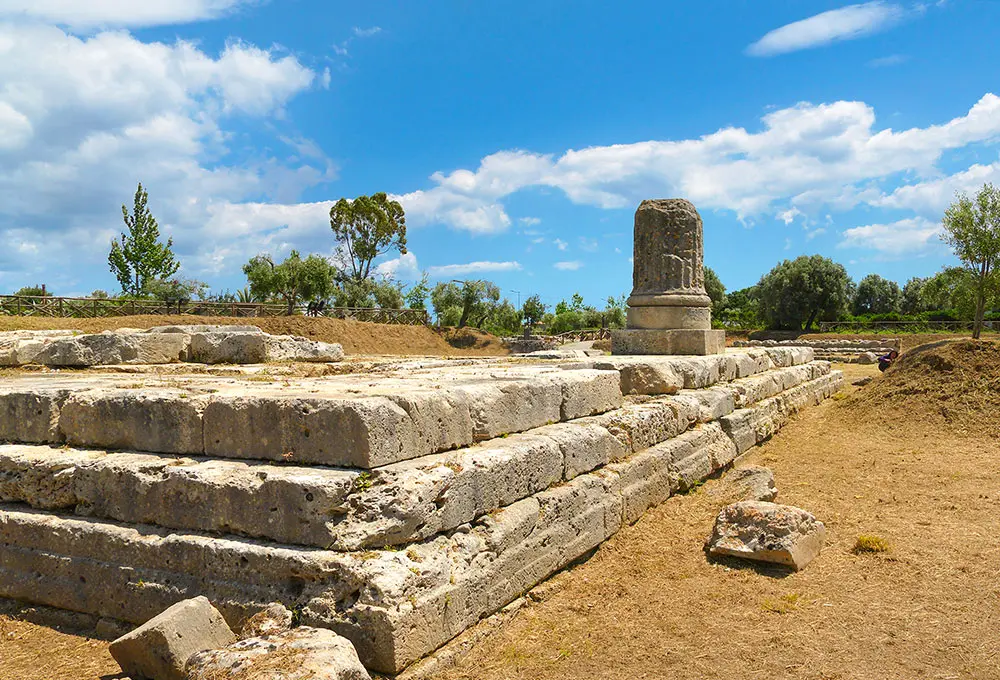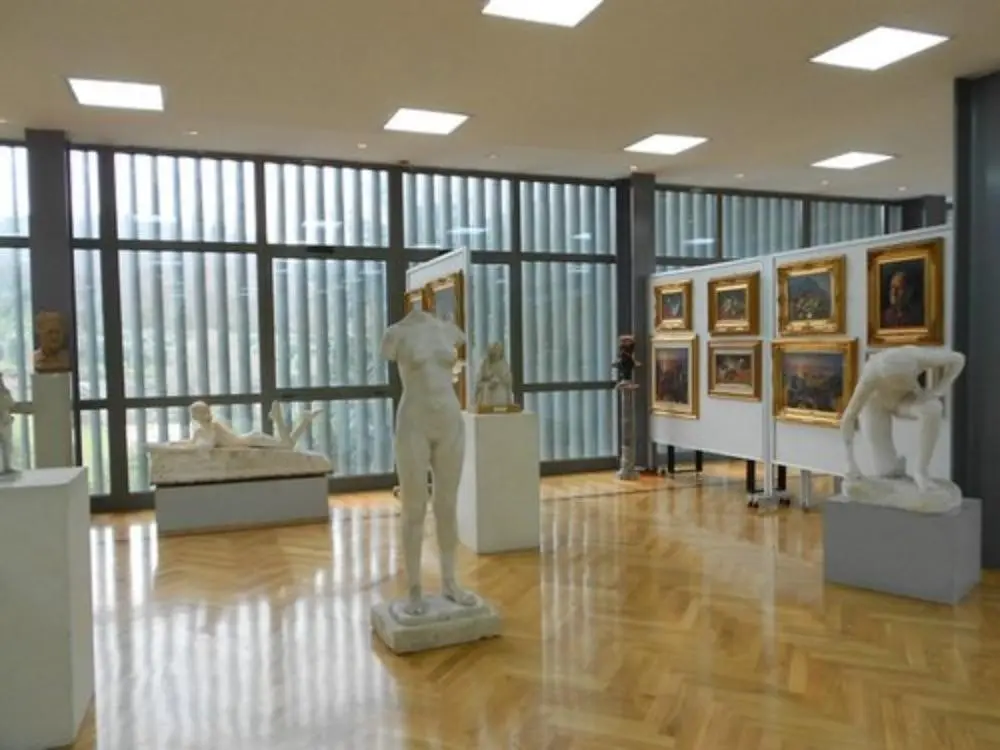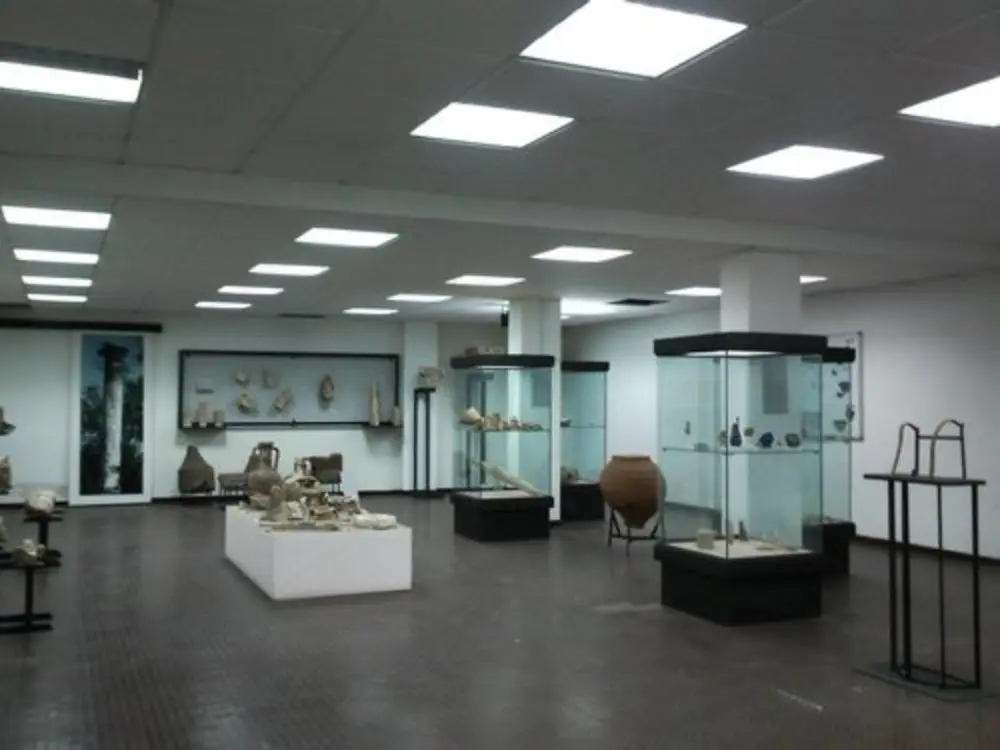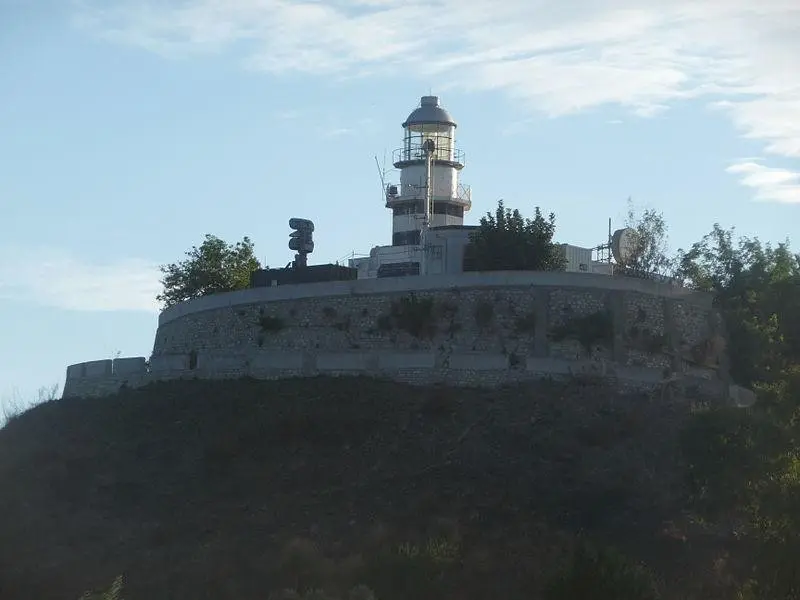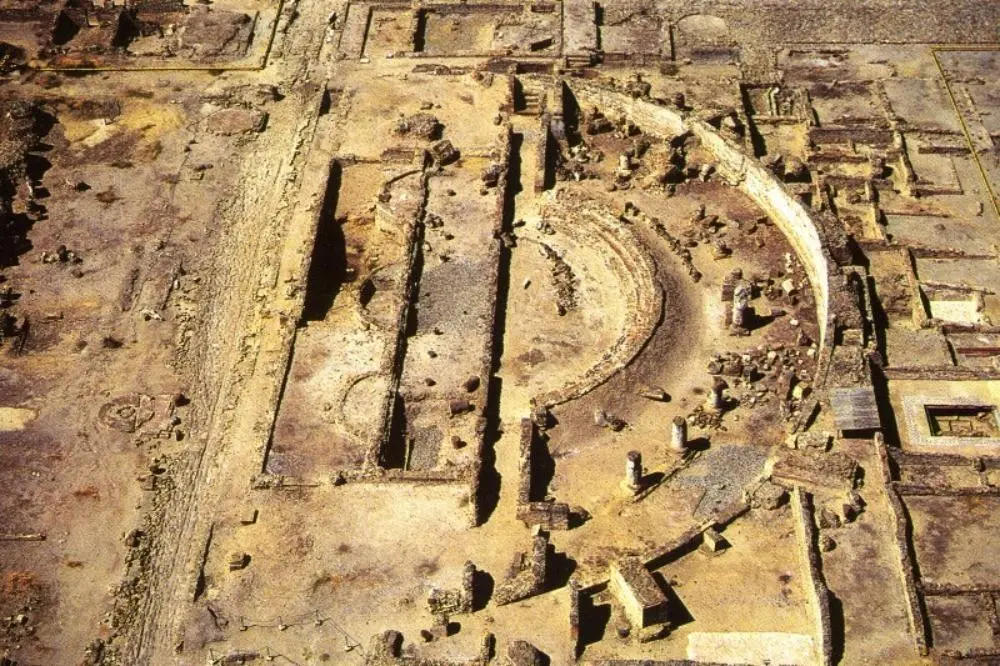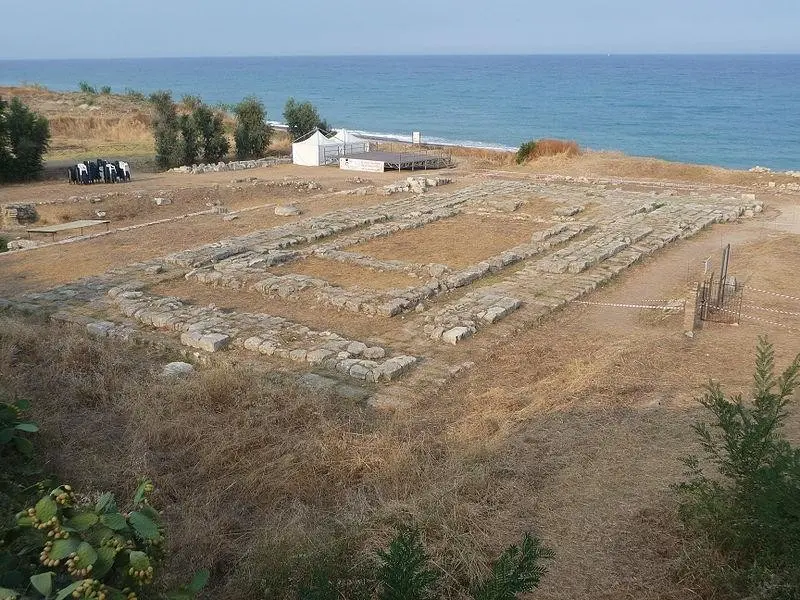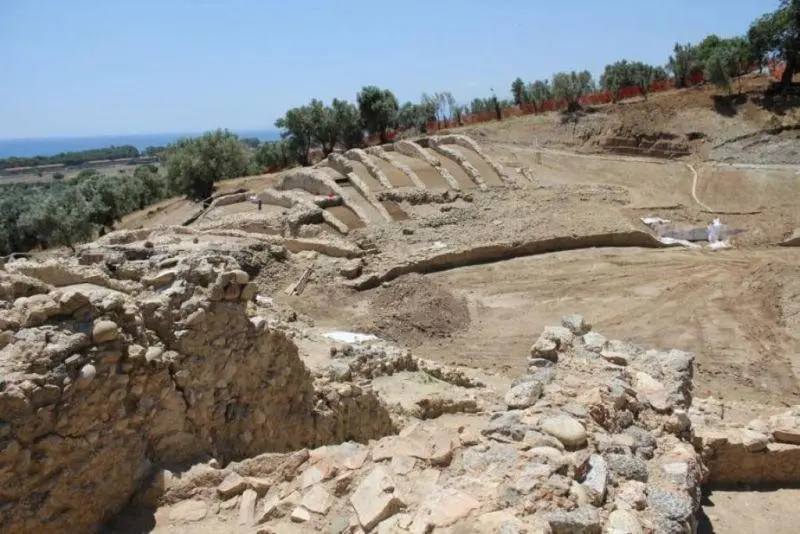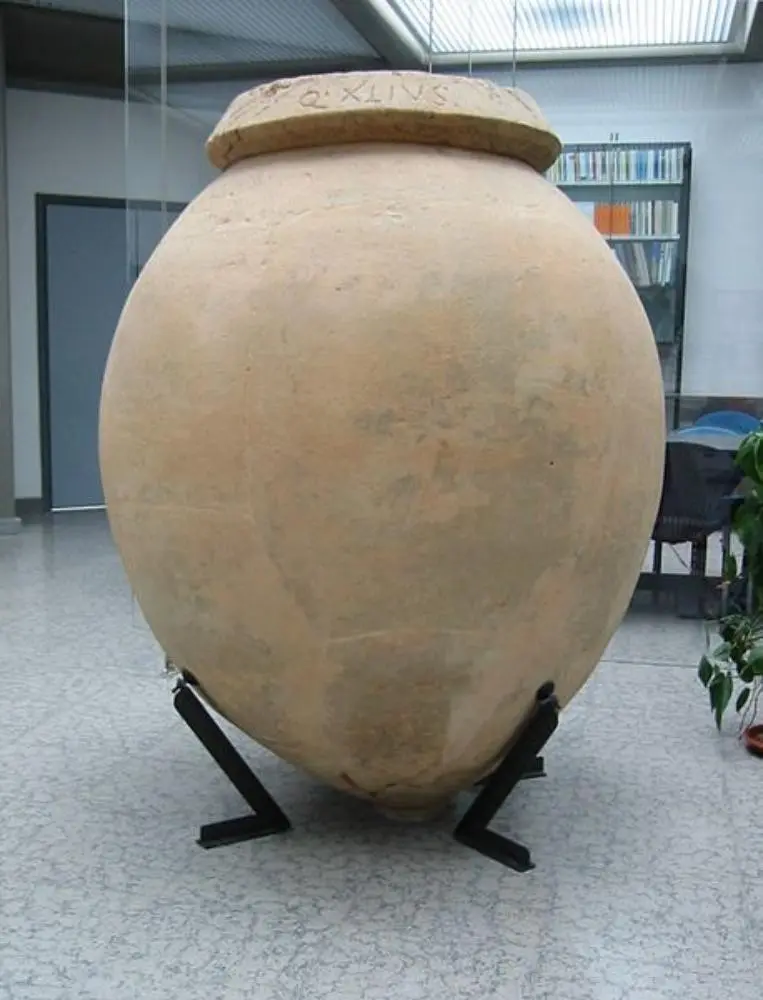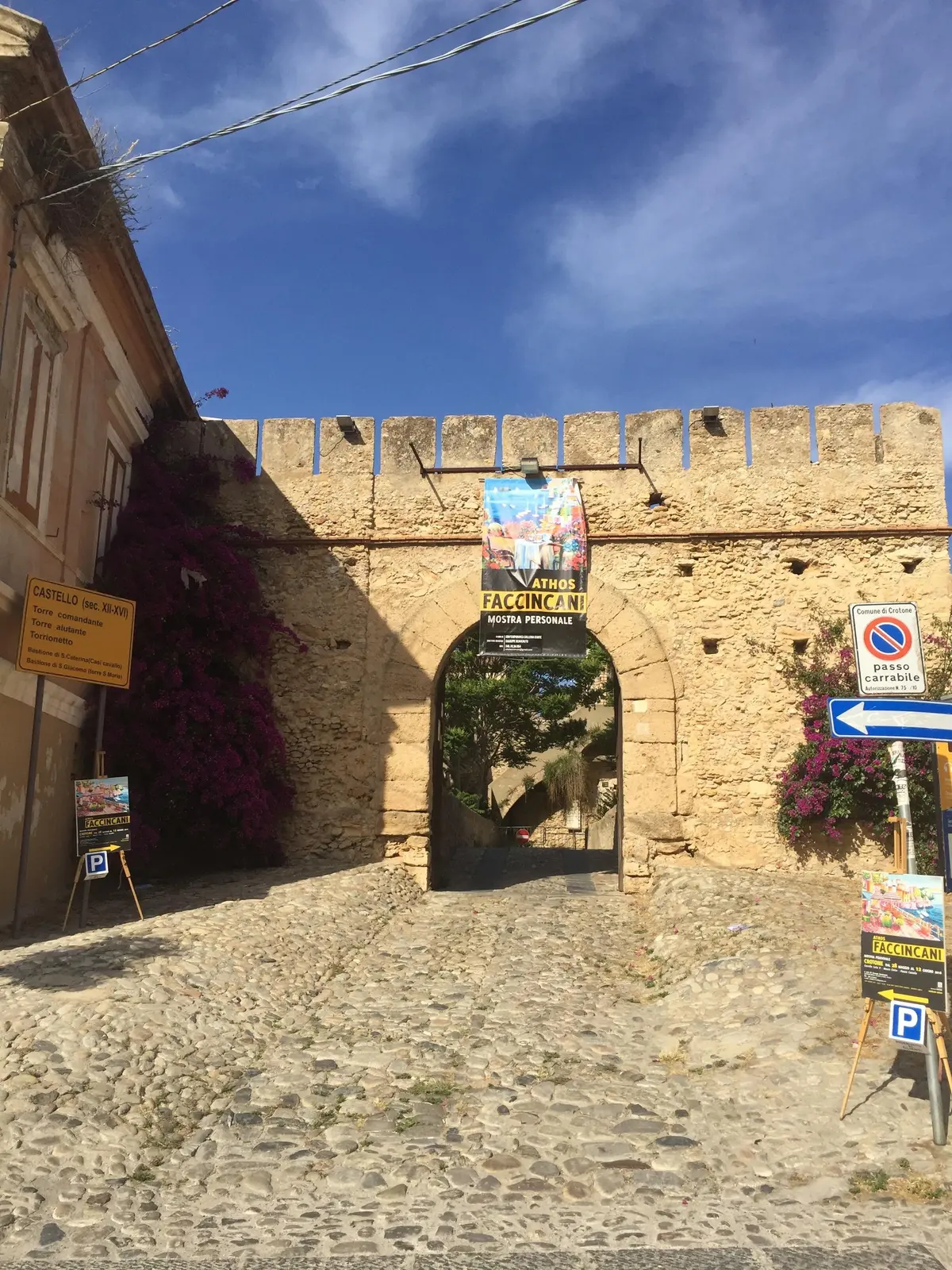A tour of Calabria's archaeological parks
A dive into Magna Graecia and beyond
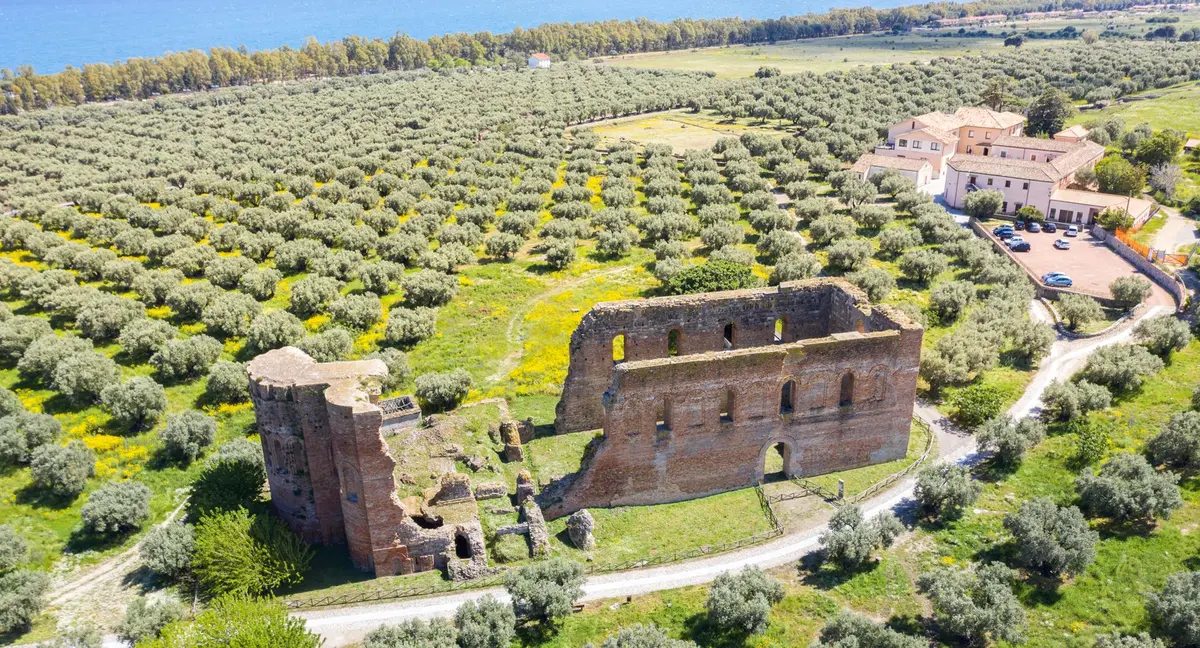
Art and Culture
Regione Calabria
One of the most fascinating faces of Calabria is the ancient one, inextricably linked to the time when the entire territory was the cradle of Magna Graecia and beyond.
Land of some of the most important prehistoric settlements in Europe, of indigenous Bretti and Oenotrian peoples, conquered and inhabited by Romans, Byzantines, Goths, Arabs, Turks and Normans, Calabria boasts the presence of 4 national archaeological parks, with their museums, and several "minor" archaeological areas.
Archaeological Parks in Calabria
You write Calabria, you read Magna Graecia. An inseparable binomial to get to know the most ancient face of the region and admire its works, archaeology and history pass through a visit to Calabria's main archaeological parks. Here are what they are...
- Sibaritide Archaeological Park
- Capo Colonna National Archaeological Park
- Scolacium National Archaeological Park
- Ancient Kaulon Archaeological Park
- Locri Epizephyrii National Archaeological Park
- Tauriani National Archaeological Park
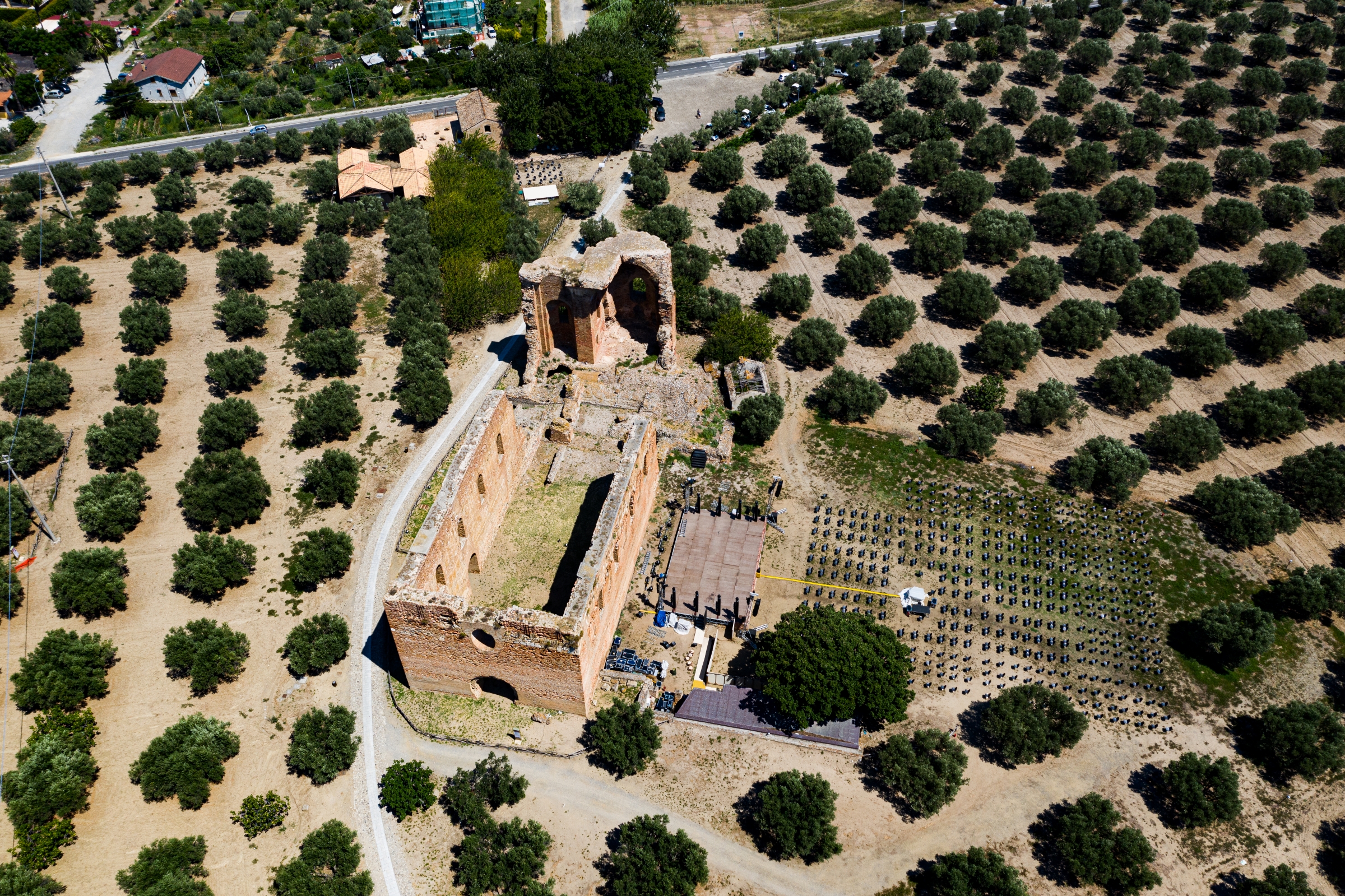
Sibaritide Archaeological Park
We start in the province of Cosenza and the Sibaritide Archaeological Park, in the municipality of Cassano all'Ionio (district of Sibari), which with its museum offers a complete picture of the history and daily life of the ancient Greek city of Sybaris and the subsequent colonies (Thurii and Copiae). The first colony founded by the Achaeans on the Ionian coast of Calabria (730-20 B.C.), Sybaris was preceded by protohistoric settlements and later became one of the most important Magna Graecia polis. The excavation areas investigated are those of the sites of Parco del Cavallo, where the Roman-age remains of the city of Copiae (with two large plateiai and a theatre) can also be found; Casa Bianca, with a built-up area from the 4th century B.C. and a circular tower; Stombi, a mixed settlement with some foundations from the Archaic period. Finds from the excavation areas can be admired in the related in-house archaeological museum.
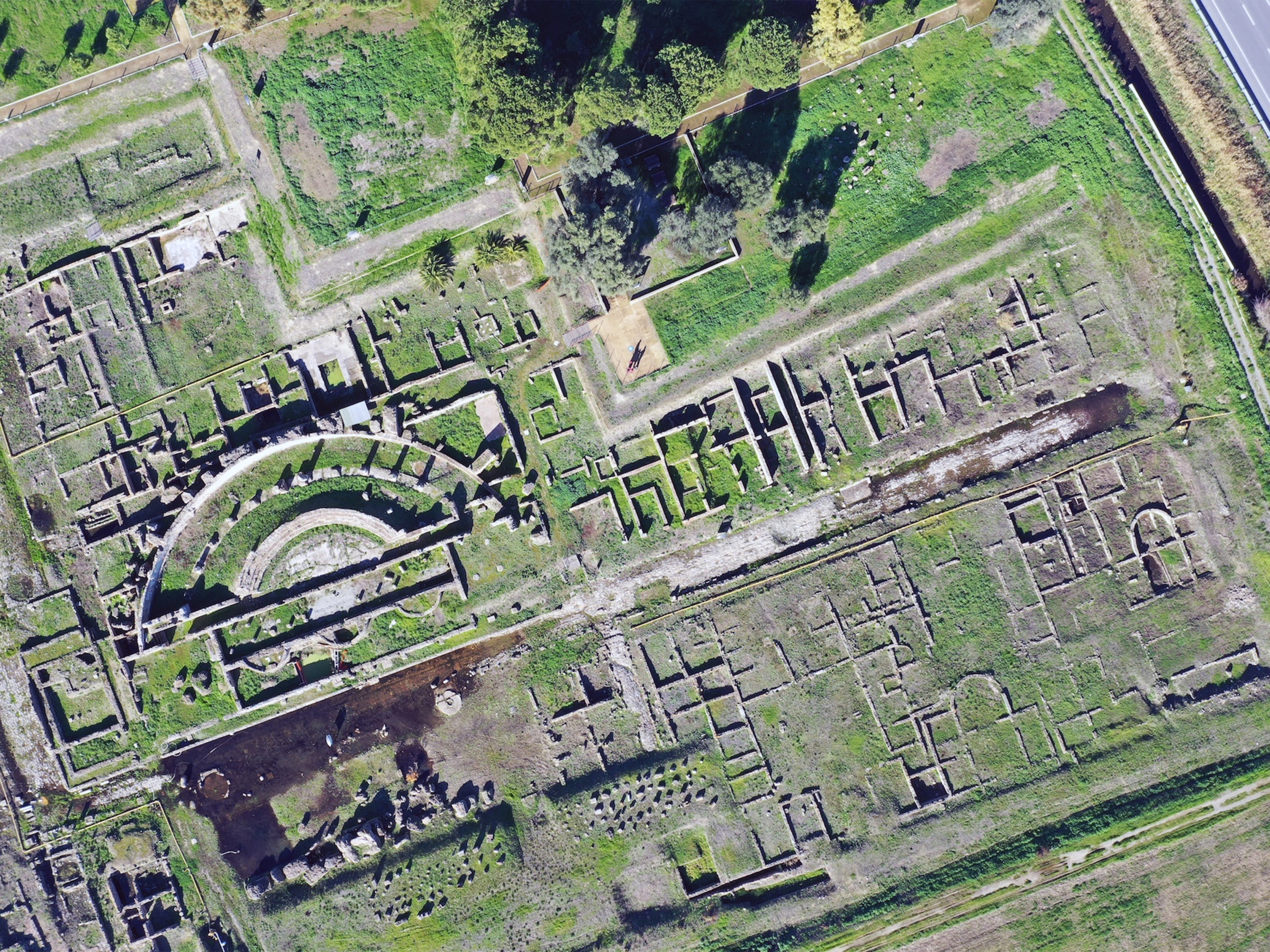
Capo Colonna National Archaeological Park
Descending along the Ionian coast, at the height of the so-called Lacinio Promontory, in the municipality of Crotone, is the Capo Colonna National Archaeological Park, named after the only surviving Doric column of the ancient Temple of Hera Lacinia, among the iconic images of Calabria. An out-of-town pilgrimage destination for the territory of Kroton, the current excavation area covers an area of 30 hectares of land (enclosed within Roman walls) and 20 hectares of woodland and scrubland. The figures of Pythagoras (at the time of the Italiot League) and Hannibal (who left from here to return to Carthage) are linked to this place. The precious votive objects from the Treasure of Hera are on display at the National Archaeological Museum in Crotone.

Scolacium National Archaeological Park
Another stop along the Ionian coast takes us to the National Archaeological Park of Scolacium, in the municipality of Borgia in the province of Catanzaro. A city dedicated first to the goddess Athena and then to Minerva, the Greek Skylletion, which became the Roman Scolacium, rises among the centuries-old olive trees of the Gulf of Squillace. The Greek city, mentioned by Strabo, links its foundation myth to the events of the Trojan War and to Ulysses, who was shipwrecked on these shores. Roman Scolacium lived a prosperous life in the following centuries and also in the Byzantine and Norman periods, as the remains of the splendid Scolacium Abbey and the testimonies of an illustrious son of the city, the Holy Senator Cassiodorus, show. Artefacts and works of art from excavations in the park can be seen in the archaeological museum inside.
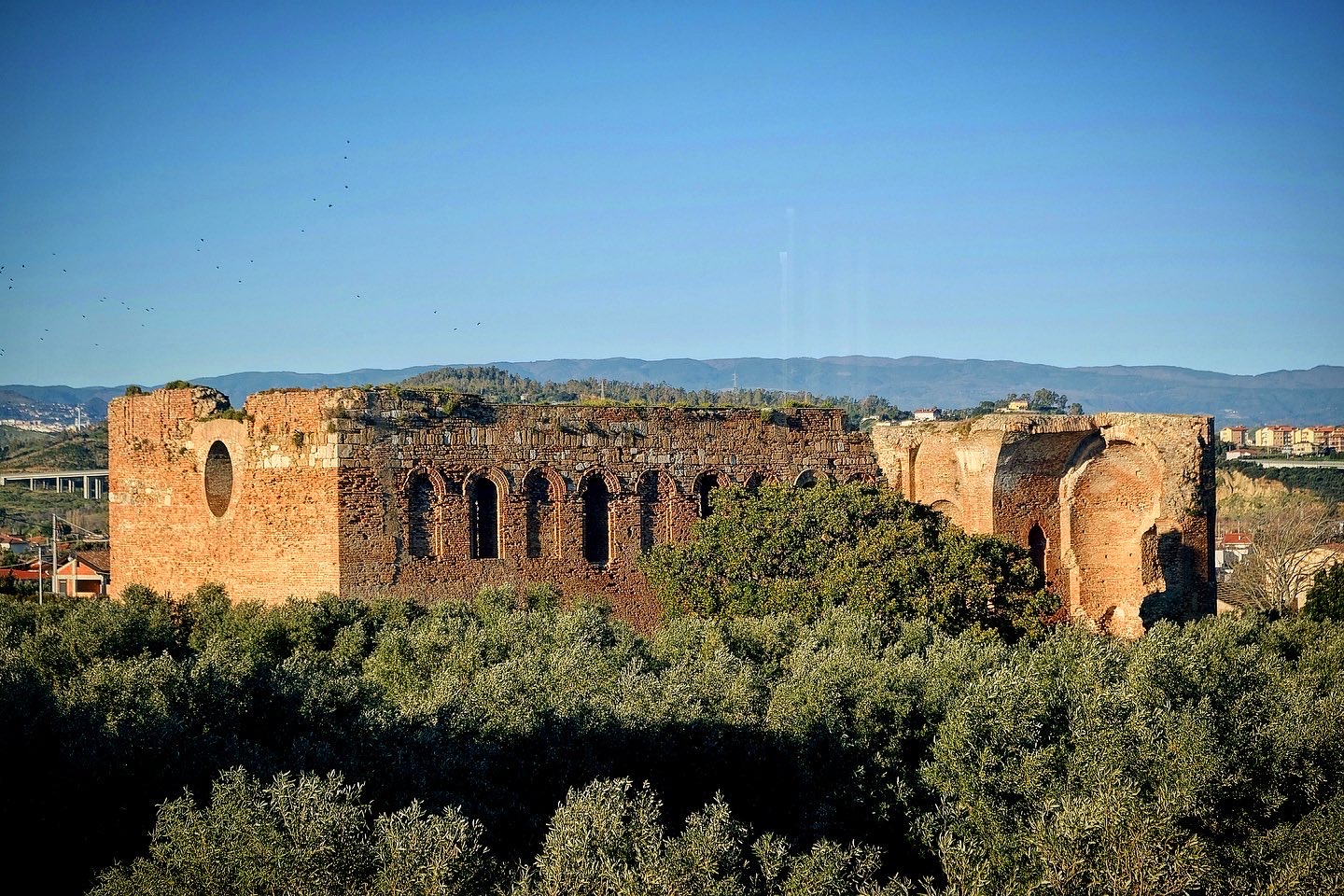
Ancient Kaulon Archaeological Park
Continuing along the Riviera dei Gelsomini, this time in the province of Reggio Calabria, we encounter the remains of two other important polis: the Archaeological Park of Ancient Kaulon, in the municipality of Monasterace (marina) and the Locri Epizefiri National Archaeological Park, in the municipality of Locri, one of the greatest Magna Graecia powers, both with an archaeological museum in the immediate vicinity.
The first site, identified as Kaulon by the archaeologist Paolo Orsi (1890), includes the remains of the city and the majestic Doric temple (part of which is now submerged and visible with a short dive) and it has recently returned some of the most important floor mosaics of the time and of the area, such as the famous Mosaic of the Dragon and the Dolphins, discovered by the archaeologist Francesco Cuteri.
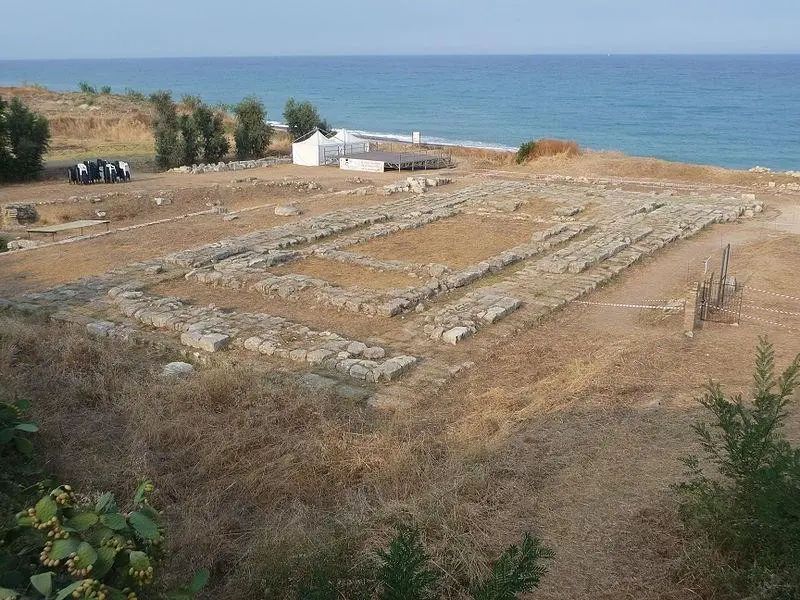
Locri Epizephyrii National Archaeological Park
The ancient city of Locri Epizefiri, today's Locri, also on the Riviera dei Gelsomini in the province of Reggio Calabria, stretched instead within a 7 km wall, within which were the necropolises, sacred areas and monumental Shrines, such as the Shrine of Persephone, defined by Diodorus Siculus as “the most famous of the sanctuaries of southern Italy”. There are four visiting itineraries: the first crosses the eastern and northern sectors, with sections of the city walls, two defensive towers, one of the city gates, the Sanctuary of the Thesmophorion and the Sacred Area of Marasà; the second route takes the visitor to the southern sector, where there is the sacred area dedicated to Zeus saith, the Porta Portuense with a mighty wall structure, the House of the Lions with the shrine dedicated to Aphrodite and the Gate of Aphrodite, the residential-craft district of Centocamere and the so-called U-shaped Stoà; the third route includes the remains of the forum and a thermal building; the fourth leads to the Casino Macrì Museum Complex, a 19th century farmhouse and two farmhouses built on the remains of a private Roman thermal complex.
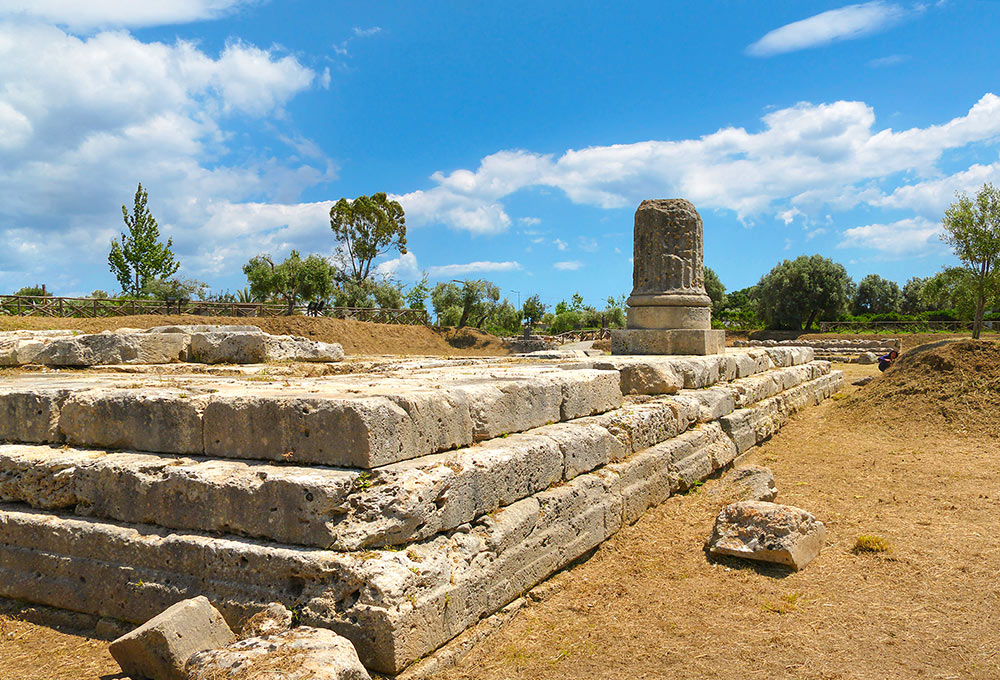
Tauriani National Archaeological Park
Lastly, the "Antonio De Salvo" National Archaeological Park of the Taurians in Palmi, along the Costa Viola on the Tyrrhenian Sea of Reggio Calabria area, introduces us to the ancient Italic city of Tauriana, which in Byzantine times was identified with its most illustrious son, San Fantino, whose crypt can be admired today. Within the park, where the relevant archaeological museum is also located, are the remains of a 4,000-year-old protohistoric village, the urban installations of the city of Tauriana (first Brettonian and then Roman) with public, sacred and private architecture (such as the Mosaic House) and the urban sanctuary known as the "Casa di donna Canfora". The more recent Saracen Tower is also part of the park.
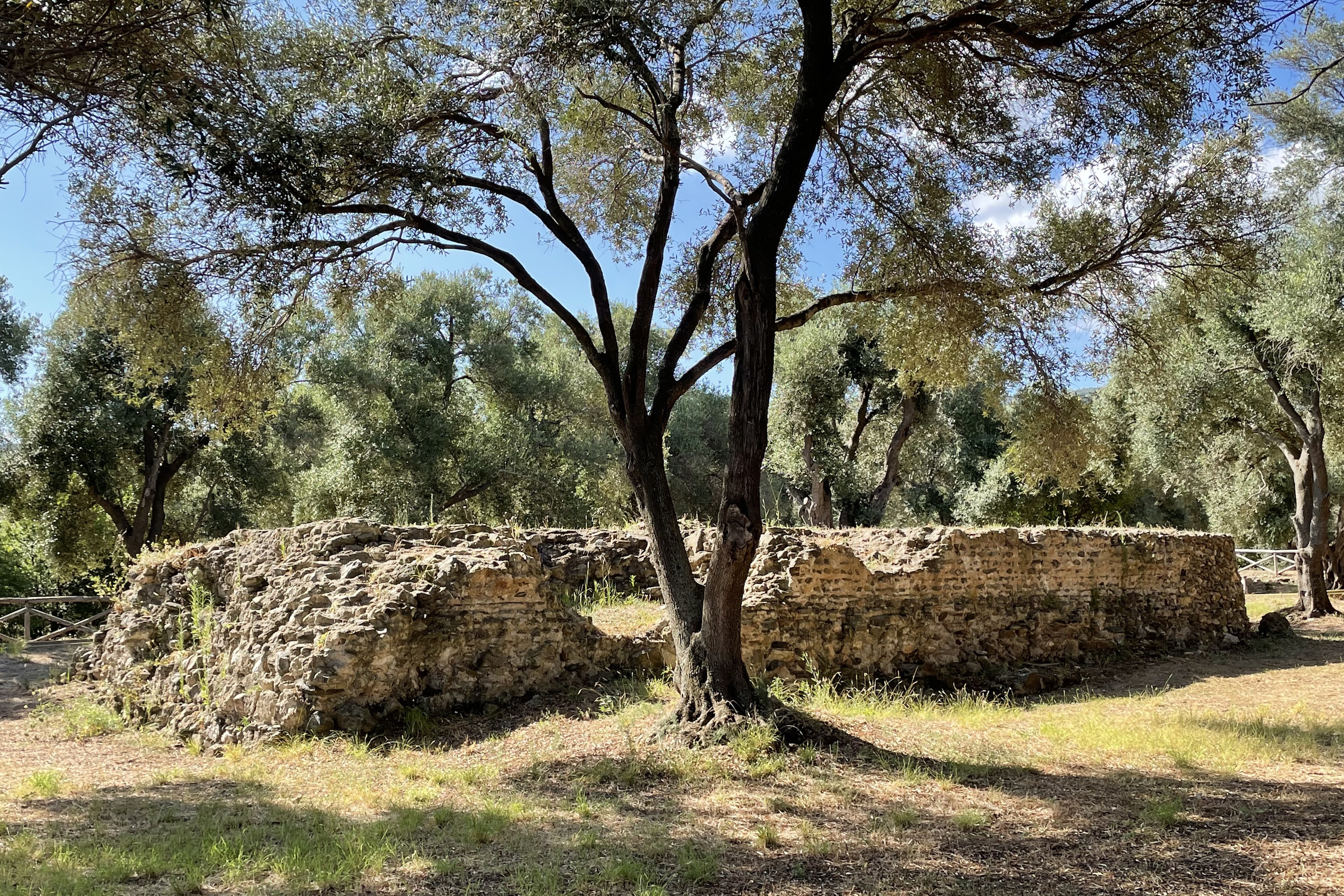
Other must-see sites and museums
Other outstanding Calabrian artefacts, among the most important in the Mediterranean, such as the famous Riace Bronzes, are exhibited in the National Archaeological Museum in Reggio Calabria, which is an unmissable stop on any self-respecting archaeological tour. Also not to be missed are the other provincial archaeological museums and those located in the excavation areas and near the so-called "minor" sites, which are also worth a visit by enthusiasts young and old.
These include the Archaeological Area of Casignana (RC), with an important Roman villa with mosaic floors; the Archaeological Area of Castiglione di Paludi (CS), a testimony of Magna Graecia military architecture; the Archaeological Area of Francavilla Marittima (CS), one of the most important Oenotrian settlements; and the Archaeological Area "Archeoderi" (RC) with the ancient Jewish synagogue. Among the unmissable prehistoric sites there are the Romito Cave and the Monaca Cave, both in the province of Cosenza.
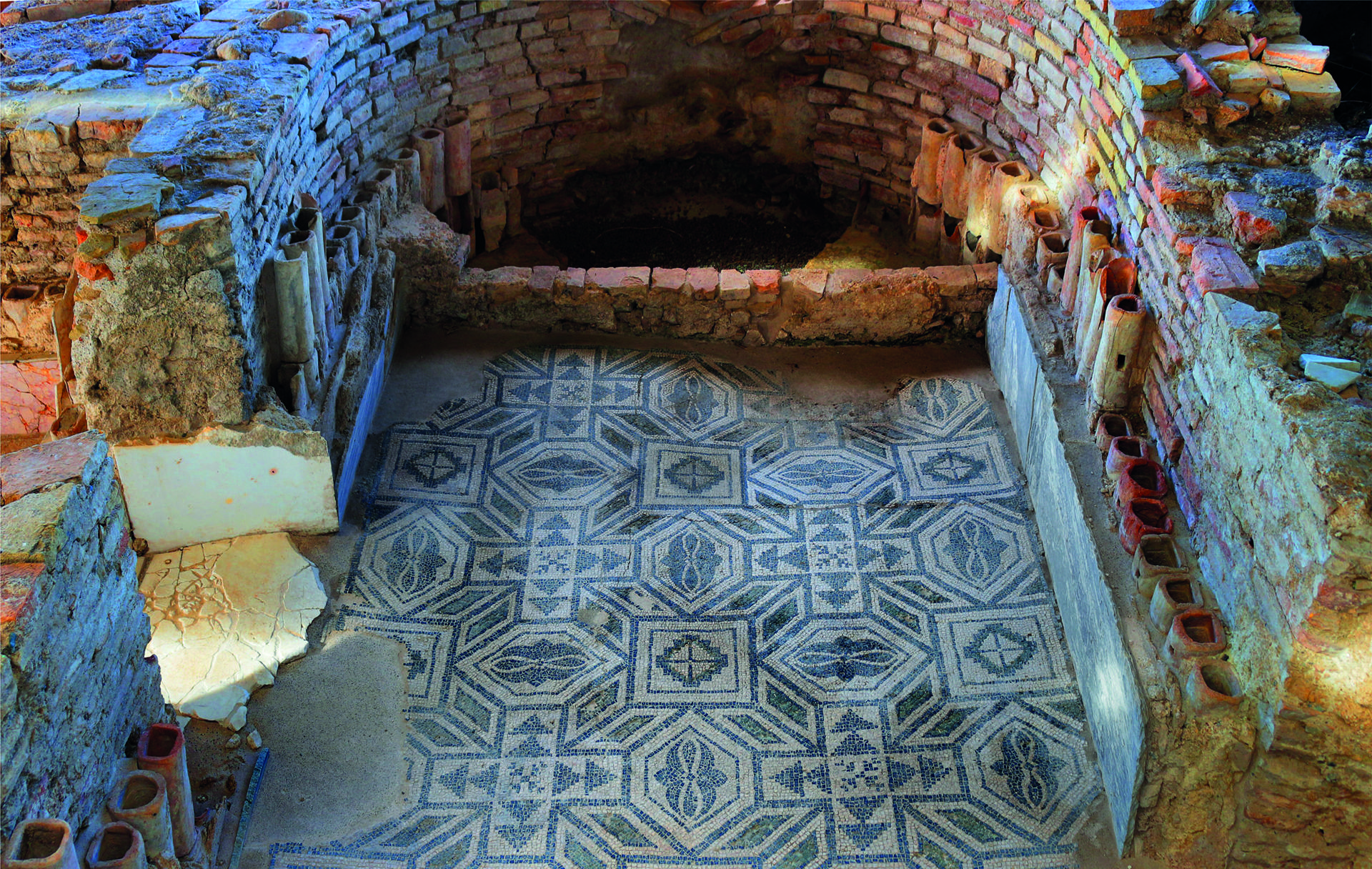
https://calabriastraordinaria.it/en/news/a-tour-of-calabrias-archaeological-parks




